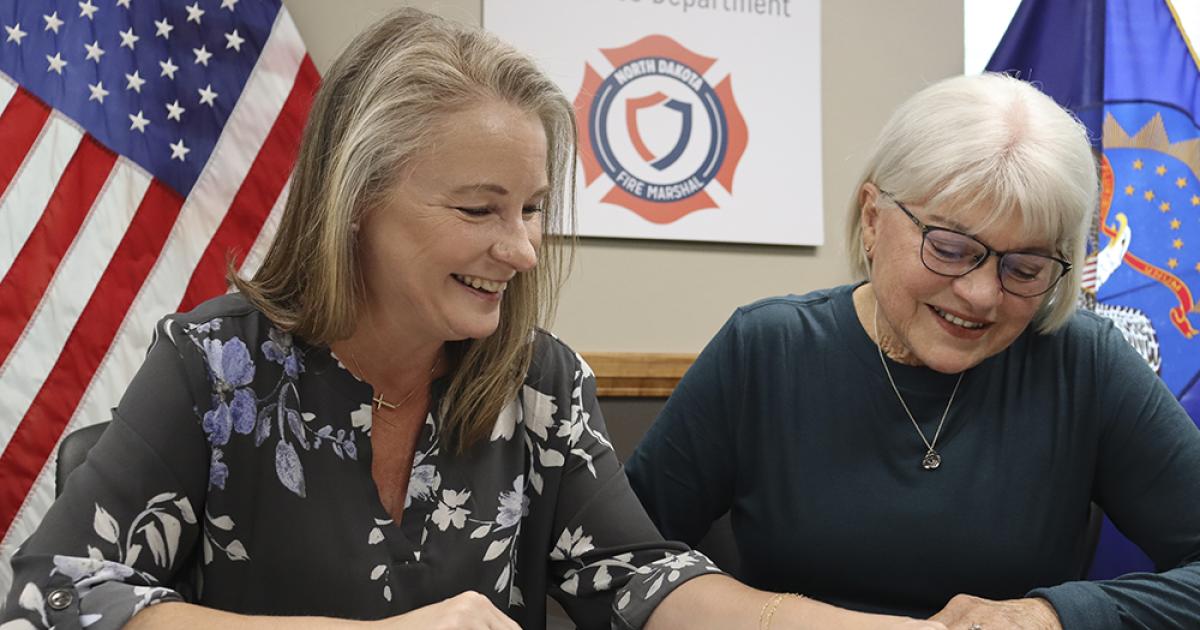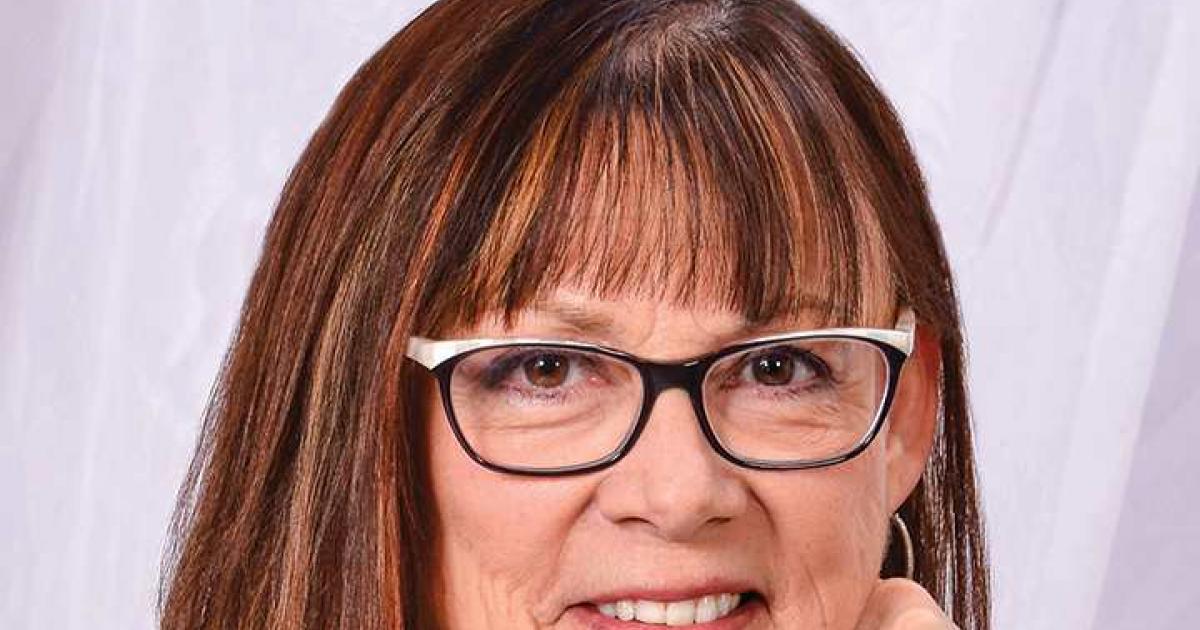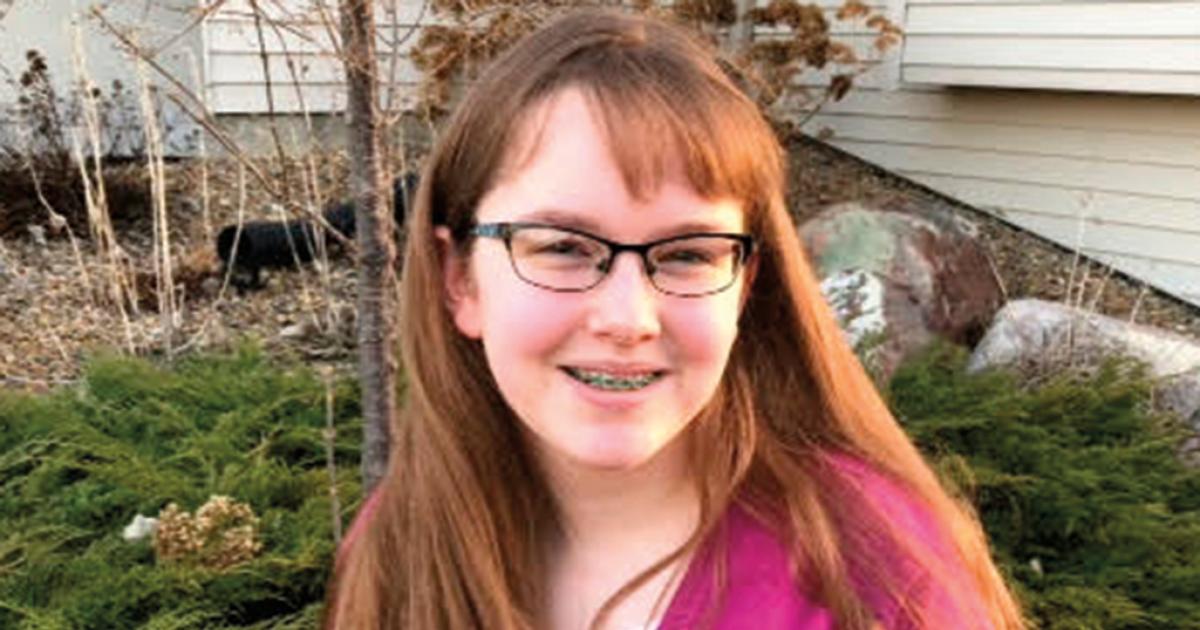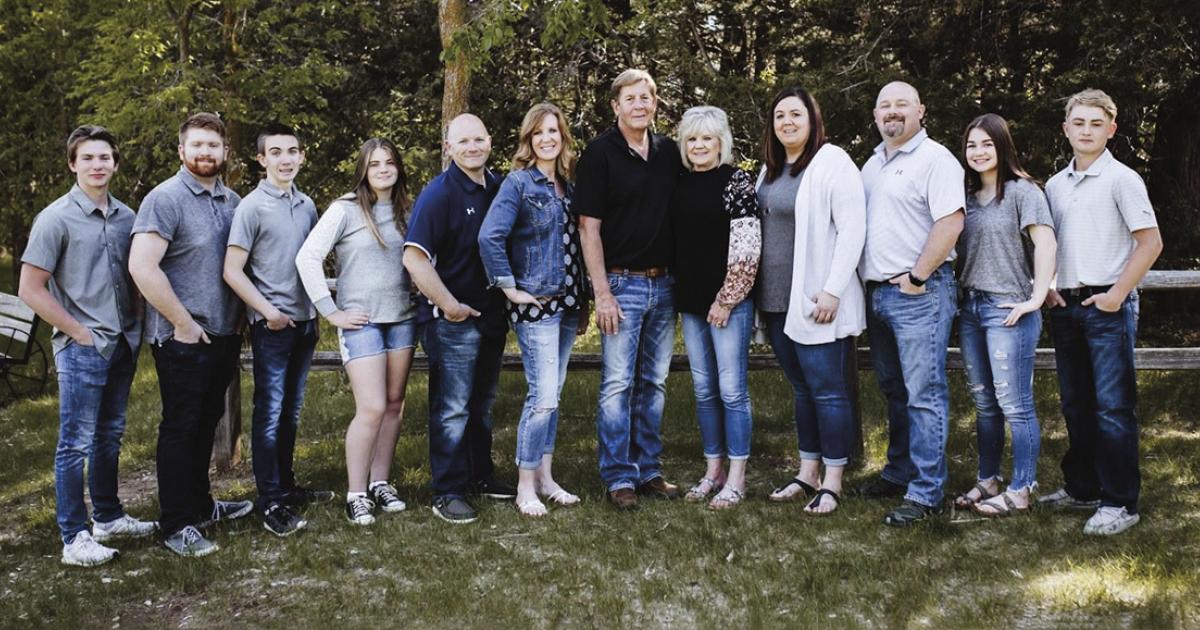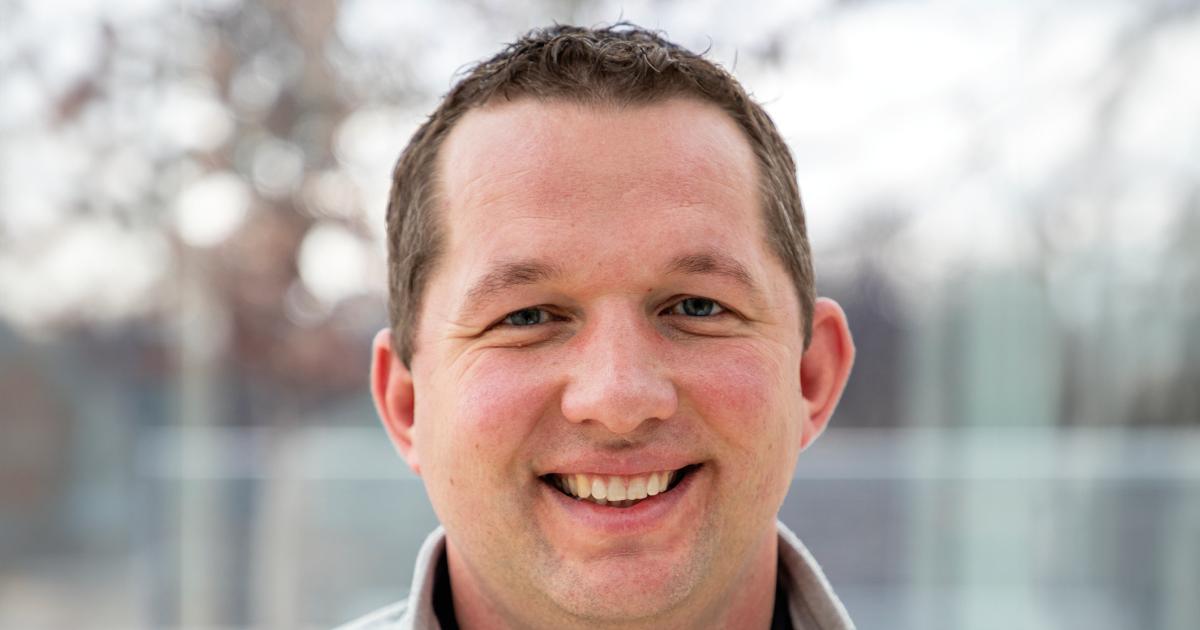Megan Trautman prizes her “Class B” world. In that world, the “Class B” label – the athletics classification for small high schools in North Dakota – is about more than small enrollments. For Trautman, her Enderlin family, and farm and rural families across North Dakota, “Class B” is a way of living, working and aspiring together.
Educating future teachers is a central focus at Valley City State University. These VCSU elementary education students practice teaching to peers in the model classroom on campus.
When Trautman completed her bachelor’s degree in art education and psychology from Valley City State University (VCSU) in 2017 and searched for her first teaching job, Class B rural North Dakota called. She found what she was looking for in Carrington. In 2017-18, Trautman completed her first year of teaching, handling art classes in the Carrington School District.
“I think I wanted to go back to that rural setting, because that's where I came from,” Trautman says. “You are with good, hard-working people, and able to work with lots of different people in school, in a setting where I knew I could be successful.”
“When I visualized and finally decided upon an education major, I just really wanted to go back to where I came from. I like the atmosphere of a Class B school,” she says.
At VCSU, the teacher education path Trautman followed – from and back to rural North Dakota – is common, and highly valued. “Many of our students come to us from rural communities,” says Dr. Sheri Okland, dean of the VCSU School of Education and Graduate Studies. From the faculty, to the continuing innovations in teacher education, to the teacher graduates the university produces, Okland says VCSU is dedicated to being a solution to a major challenge. “In North Dakota, there is definitely the need. Some rural areas struggle to get teachers,” she says.
Okland also adds VCSU has a location that is central in a rural region, and draws rural students who want to stay near their home or prefer a smaller campus setting for higher education. Megan Trautman fits that bill.
“Valley City State is close to home, and that was important to me,” the Enderlin High School graduate says. Undecided on a major during her start there, Trautman, who played basketball for VCSU, kept at general studies, when art got her attention. “I didn’t really think I would be in the education field, and didn’t see myself as an art teacher, but then I took my first art class, and I really enjoyed it,” Trautman says.
Interest and achievement grew into a passion. “I started to get excited about everything I was learning, and then wanted to share that with others, not just keep it for myself,” she adds.
Trautman eventually declared the double major of art education, and psychology – which was also an area of strong interest. “Now I’m using these every single day when I’m in the classroom,” Trautman says.
She provides art instruction at all grade levels, and does some team coaching, as well. For all her art students, Trautman passes along the importance of art, along with the techniques for drawing, painting, sculpting and other art forms.
“I also want to create a comfortable environment for all my students – comfortable for them to come in my classroom, and be themselves, experiment with different things, and create, and learn and grow,” she says.
FROM VCSU TO SCIENCE CLASS
Zach Nelson, a Kindred High School graduate, another 2017 VCSU graduate, also just completed his first year of teaching, at Sargent Central High School. His university degree is in chemistry education, and he now teaches five different high school science classes. Nelson’s path to chemistry education was a shift in gears from his start as a math education major. After his freshman year at VCSU, his favor turned to the sciences.
“After my freshman year, I transitioned over into the sciences. They’ve always been interesting to me, and I love doing and teaching science, so that’s why I made the transition,” Nelson says.
Nelson describes his first year at Sargent Central as challenging – and trying – but he would learn these are common experiences for the first-year teacher. He was able to establish a routine and a rapport which helped smooth the ride.
“It was just actually getting into that routine and becoming more comfortable with the students and then becoming more comfortable with myself that really helped out. And it was nice because the kids are always good,” Nelson says.
Nelson says a key he found to relating science studies to high schoolers was applying science to their world. He did this by describing the biological fundamentals of hunting habitat, or the value of chemistry in agriculture. With the Bobcat manufacturing facility nearby, Nelson was able to discuss the basics of robotics, and the role it plays there.
“I would like my students to become more science literate,” Nelson says. “Part of why I wanted to get into teaching science is that nowadays we have a lot of controversy surrounding scientific issues that are really hot-button issues. We have a lot of people who don't seem to understand what's going on and it's becoming not only a problem in our society but politically, and financially and elsewhere. I just want to show them that this is why we know what we know, and this is how we use this information,” he says.
OKLAND: INNOVATION & POSSIBILITIES
Dr. Sheri Okland says VCSU works on several fronts to meet the challenge for placing teachers where they are sorely needed and excellent, modern teachers everywhere. Currently, Okland says innovation is a major point of emphasis in VCSU’s curriculum development.
“Our basis for innovation and teaching our teachers is to look at the possibilities, and understand what’s out there in the world, and how they can bring that back to problem solve with what is happening in rural North Dakota,” Okland says.
“We emphasize differentiating and individualizing instruction so that all of their students can learn,” Okland continues, “and I think we start with helping our preservice teachers understand how they learn. There's a definite need to understand our own personal learning in order to understand how children learn.”
Rural educator perspectives
“I also want to create a comfortable environment for all my students – comfortable for them to come in my classroom, and be themselves, experiment with different things, and create, and learn and grow.”
- Megan Trautman, art teacher, Carrington School District
“I would like my students to become more science literate. … Part of why I wanted to get into teaching science is that nowadays we have a lot of controversy surrounding scientific issues that are really hot-button issues.”
- Zach Nelson, science teacher, Sargent Central High School



